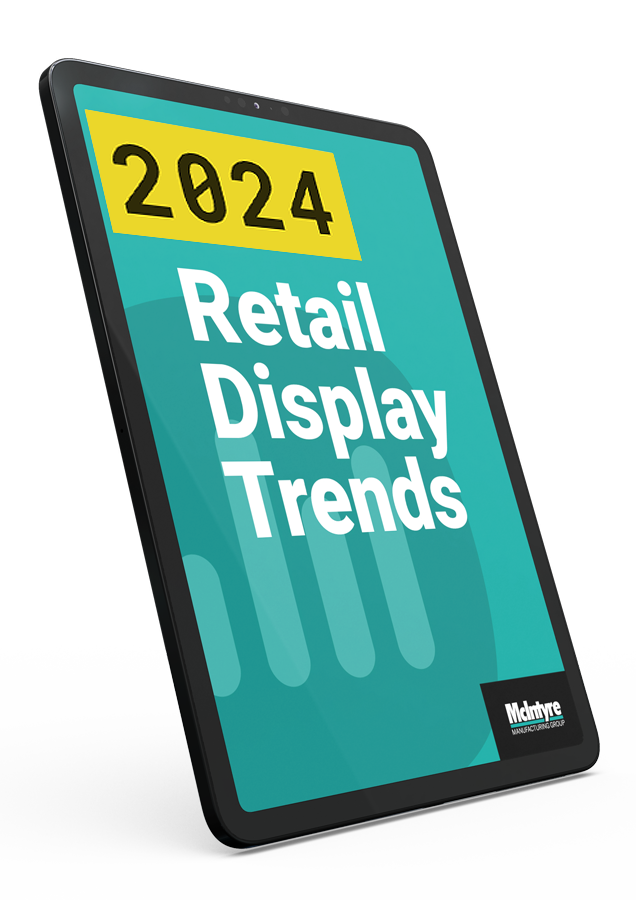Five Best Types of Wood for Your POP Display
If you want versatile custom POP displays that make a statement, consider making them with wood. This natural look is a good match for displays that may be featured in store fixtures, spa displays, organic food stores, and even upscale department stores.
Of course, form always follows function— the type of wood you choose will depend upon the purpose of your display. For example, if your display needs to be “knocked down” and easily reassembled, a lighter wood would be the best choice. Rich hardwoods would be appropriate for more permanent displays.
We’re always happy to help you determine which option would be best for you. We’ll take a closer look at several types of wood and the pros of using each.
Some factors to consider when using wood for your POP display
Ask these important questions when starting your design:
- Does the type of wood support your brand message?
- How much wear and tear do you expect the display to endure?
- Does your POP display need to be taken down easily?
- How much have you budgeted for shipping costs?
- Do you want wood that is easily stained or painted?
5 best types of wood to use in a POP display
1. Oak
When it comes to variety and affordability, it’s hard to beat oak. It comes in an extensive array of shades, from the grey brown of white oak to the deep markings of red oak. It is heavy, solid and widely available — and therefore, inexpensive.
2. Maple
Maple is heavy and durable, which makes it able to withstand a lot of wear and tear. Its pale color emphasizes the beautiful natural shapes found in the grain, and it can be easily stained or painted. However, because it is a heavier wood, it should only be used for more permanent displays. It’s not a good choice if you are planning a display that needs to be transported.
3. Ash
This hardwood has good bending abilities, which is why it is often used in creating chairs with curved backrests. This means it would be a better selection for displays that have unusual shapes, rounded corners, or POP displays that will need to be moved or broken down and rebuilt.
4. Pine
Pine is softwood and is an excellent choice for a display that needs to be assembled and transported.
5. Wood composite materials
Some of the most common displays used in retail stores are composite materials such as particle board and plywood. While these may not be as sturdy as some of the types of wood mentioned previously, they can easily be configured into various shapes. In addition, its lighter weight means it costs less to ship and is easier to move.
The bottom line? We’re here to help you
When it comes to wood, there are many options, and we’ll guide you through the pros and cons with each one. We may be able to help you select one that will be more economical and therefore actually save you money on shipping and assembly costs.
For more information on how we can make your vision come to life, contact us — we’ll have a preliminary design for you in one business day.
Since 1977, McIntyre Manufacturing Group has created custom-designed displays with an uncompromised dedication to customer service. We utilize the latest technology and attention to detail to create the finest products with excellent craftsmanship. If you can dream it, we can create it. Contact us to see how we can bring your vision to life.



